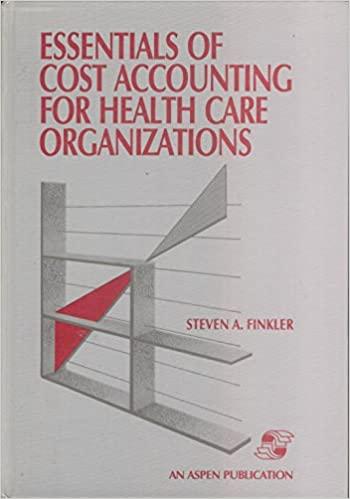COMPREHENSIVE PROBLEM Major League Bat Company Weighted average: Review of Chapters 1 and 3 CP 3 Major League Bat Company manufactures baseball bats. In addition to its work in process inventories, the company maintains inventories of raw materials and finished goods. It uses raw materials as direct materials in production and as indirect materials. Its factory payroll costs include direct labor for production and indirect labor. All materials are added at the beginning of the process, and conversion costs are applied uniformly throughout the production process. Required You are to maintain records and produce measures of inventories to reflect the July events of this company. Set up the following general ledger accounts and enter the June 30 balances: Raw Materials Inventory, $25,000; Work in Process Inventory, $8,135 ($2,660 of direct materials and $5,475 of conversion); Finished Goods Inventory, $110,000; Sales, $o; Cost of Goods Sold, $o; Factory Wages Payable, $o; and Factory Overhead, $o. 1. Prepare journal entries to record the following July transactions and events. a. Purchased raw materials for $125,000 cash (the company uses a perpetual inventory system) b. Used raw materials as follows: direct materials, $52,440; and indirect materials, $10,000. e. Recorded factory wages payable costs as follows: direct labor, $202,250; and indirect labor, $25,000. d. Paid factory payroll cost of $227,250 with cash (ignore taxes). e. Incurred additional factory overhead costs of $80,000 paid in cash. f. Applied factory overhead to production at 50% of direct labor costs Check (1) Cr. Factory Overhead, $101125 2. Information about the July inventories follows. use til information with that from part 1 to prepare a process cost summary, assuming the weighted-average method is used. Units Beginning inventory 5,000 units Started 14,000 units Ending inventory 8,000 units Beginning inventory. Materials-Percent complete 100% Conversion-Percent complete 75% Ending inventory Materials-Percent complete 100% Conversion--Percent complete 40% (2) EUP for conversion, 14,200 3. Using the results from part 2 and the available information, make computations and prepare journal entries to record the following: g. Total costs transferred to finished goods for July (label this entry g). (39) $271150 h. Sale of finished goods costing $265.700 for $625,000 in cash (label this entry h). 4. Post entries from parts 1 and 3 to the ledger accounts set up at the beginning of the problem. 5. Compute the amount of gross profit from the sales in July. Hint: Add any underapplied overhead to, or deduct any overapplied overhead from, the cost of goods sold. Ignore the corresponding journal entry








